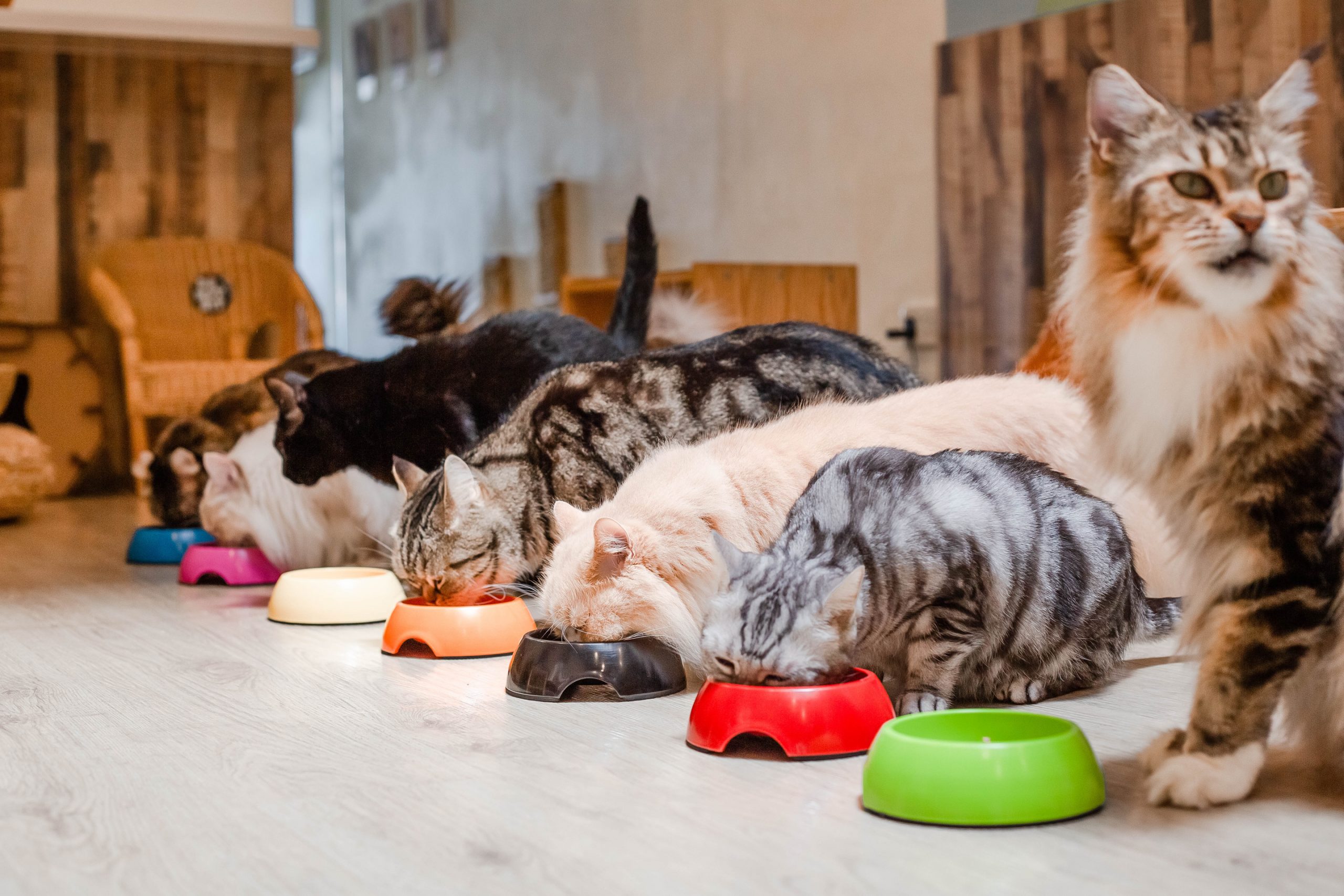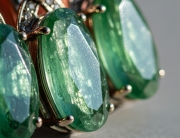Introduction
Grooming is an essential part of caring for your cat, but for many pet parents, it can feel like a daunting task. Cats are known for their independent nature and can be particularly fussy when it comes to grooming. However, with a little patience, the right techniques, and a comfortable environment, grooming your cat can become a bonding experience rather than a battle. Whether you’re handling fur brushing, nail trimming, or bathing, this guide will walk you through how to make grooming sessions calm, easy, and enjoyable for both you and your feline friend. This is especially useful for those considering cat grooming Abu Dhabi services or simply looking for ways to care for their pet at home.
Why Grooming Your Cat is Important
Promotes a Healthy Coat and Skin
Regular grooming removes loose hair, dirt, and dandruff. It also helps to spread natural oils across your cat’s skin and fur, which keeps their coat healthy and shiny.
Prevents Hairballs
Hairballs are a common issue in cats, particularly those with long fur. Brushing your cat frequently can minimize the amount of hair they ingest during self-grooming, reducing the formation of hairballs.
Helps You Monitor Your Cat’s Health
Grooming time is also inspection time. You can check for any signs of parasites, wounds, lumps, or skin conditions. Early detection means quicker treatment.
Reduces Shedding
Frequent brushing helps control shedding, which is a major bonus for those who want to keep their furniture and clothing free from cat fur.
Understanding Your Cat’s Behavior
Know When to Groom
Timing is crucial. Choose a moment when your cat is relaxed—maybe after a meal or during a nap. Avoid starting a grooming session when your cat is agitated, playful, or in a bad mood.
Read the Signs
Cats communicate through body language. If your cat’s ears are flat, tail is swishing, or they’re growling, it’s best to pause the session and try later. Never force grooming—it can make your cat fearful of the process.
Start Slow
If your cat isn’t used to grooming, begin with short sessions and build up. A few minutes of brushing followed by a treat can help them associate grooming with positive experiences.
Tools You’ll Need for Cat Grooming
Before you begin, gather all the necessary tools. Having everything ready will make the session smoother and more efficient.
Brushes and Combs
- Slicker brushes for removing loose fur and tangles
- Deshedding tools for long-haired breeds
- Fine-toothed combs for checking for fleas and small debris
Nail Clippers
Use a clipper designed specifically for cats. Avoid using human nail clippers, which can split your cat’s nails.
Pet Wipes and Towels
If a bath isn’t necessary, pet wipes can be used to clean dirty paws or fur. Keep a soft towel handy in case you need to wrap your cat for comfort.
Cat Shampoo
Choose a cat-specific shampoo that is gentle and free of harsh chemicals.
Treats and Cat Toys
Always reward your cat after a grooming session. Treats and Cat Toys can reinforce good behavior and make your cat look forward to future sessions.
Step-by-Step Guide to Stress-Free Cat Grooming
Step 1: Create a Calm Environment
Choose a quiet room with minimal distractions. Close the door to prevent your cat from escaping mid-session. Soft music or a pheromone diffuser can also help soothe your pet.
Step 2: Brushing
For Short-Haired Cats
Brush once a week using a rubber brush or grooming mitt. Use short, gentle strokes, starting from the head and moving toward the tail. Be cautious around sensitive areas like the belly.
For Long-Haired Cats
Brush daily to prevent matting. Use a wide-toothed comb followed by a slicker brush. If you encounter a tangle, gently work through it with your fingers or a dematting tool.
Step 3: Nail Trimming
Trim your cat’s nails every 2–3 weeks. Use a cat nail clipper and press the pad of the paw to extend the claws. Only clip the white part—avoid the pink area, known as the quick, which contains nerves and blood vessels.
Tip: If your cat is resistant, try trimming just one or two nails per session until they’re comfortable.
Step 4: Ear and Eye Cleaning
Use a damp cotton ball or pet-safe wipe to clean around the eyes and ears. Do not insert anything into the ear canal. If you notice discharge or a strong odor, consult your vet.
Step 5: Bathing
Cats generally do not need frequent baths unless they have gotten into something sticky or harmful. When bathing:
- Use lukewarm water
- Apply a small amount of cat-specific shampoo
- Rinse thoroughly to remove all soap
- Dry with a soft towel or low-heat hair dryer
How to Handle Common Grooming Challenges
Aggression or Resistance
Some cats may scratch, bite, or run away during grooming. Try wrapping your cat in a towel (also known as the “purrito” method) to keep them calm and restrained. Always speak softly and offer plenty of reassurance.
Matting
Never try to cut out mats with scissors—this could lead to injury. Use a dematting comb or consult a professional if the mats are severe.
Overgrown Nails
If your cat’s nails are curling into their paw pads, seek veterinary attention. Regular trimming can prevent this painful condition.
Anxiety
If your cat becomes extremely anxious, break the session into smaller steps. You can also try natural calming aids like pheromone sprays or vet-recommended anxiety-reducing supplements.
Grooming by Coat Type
Short-Haired Breeds
Low maintenance but still benefit from weekly brushing and occasional nail trims.
Medium-Haired Breeds
Require brushing 2–3 times per week to avoid tangles and excess shedding.
Long-Haired Breeds
Need daily grooming to prevent mats and manage shedding. Persian cats, for example, often require special attention around their face and legs.
Incorporating Play and Positive Reinforcement
Use Cat Toys to Distract and Reward
Having Cat Toys on hand can make a huge difference. Wand toys, treat-dispensing balls, or soft plush toys can redirect your cat’s focus from grooming stress to playtime.
Give Treats Liberally
Treats act as both a distraction and a reward. Offer them before, during, and after the session to reinforce positive behavior.
Praise and Petting
Use a calm voice to praise your cat throughout. Pet them between grooming tasks to reassure and relax them.
When to Consider Professional Grooming
Sometimes, professional help is necessary. If your cat is prone to severe matting, has behavioral issues during grooming, or has a medical condition that requires special care, a professional groomer with experience in cat grooming Abu Dhabi might be the best choice.
Professional groomers are trained to handle even the most challenging cats and have specialized tools to get the job done efficiently and safely.
Grooming Senior Cats or Cats with Special Needs
Be Extra Gentle
Older cats or those with arthritis may have sensitive joints. Use soft brushes and avoid putting pressure on painful areas.
Shorter Sessions
Break grooming into smaller, more frequent sessions to avoid exhausting your pet.
Monitor for Health Issues
Senior cats may develop lumps, sores, or mobility issues. Grooming sessions give you a chance to check for these problems and address them early.
Establishing a Routine
Cats thrive on routine. Try to groom your cat at the same time of day and in the same location. The more predictable the process, the more comfortable your cat will be.
Use the following routine as a starting point:
- Daily: Quick brush for long-haired cats, check for debris
- Weekly: Full brushing, check ears and eyes
- Bi-weekly: Nail trimming
- Monthly or as needed: Bathing
Final Thoughts
Grooming doesn’t have to be a struggle. With the right approach, tools, and a good understanding of your cat’s behavior, you can transform grooming from a stressful chore into a soothing ritual. Whether you’re handling it yourself or using a trusted service for cat grooming Abu Dhabi, the key is to stay calm, consistent, and positive.
Don’t forget to stock up on plenty of treats and Cat Toys—because a happy cat is a cooperative cat. And above all, remember that grooming is not just about cleanliness—it’s an expression of love and care that deepens the bond between you and your feline companion.






Leave A Comment